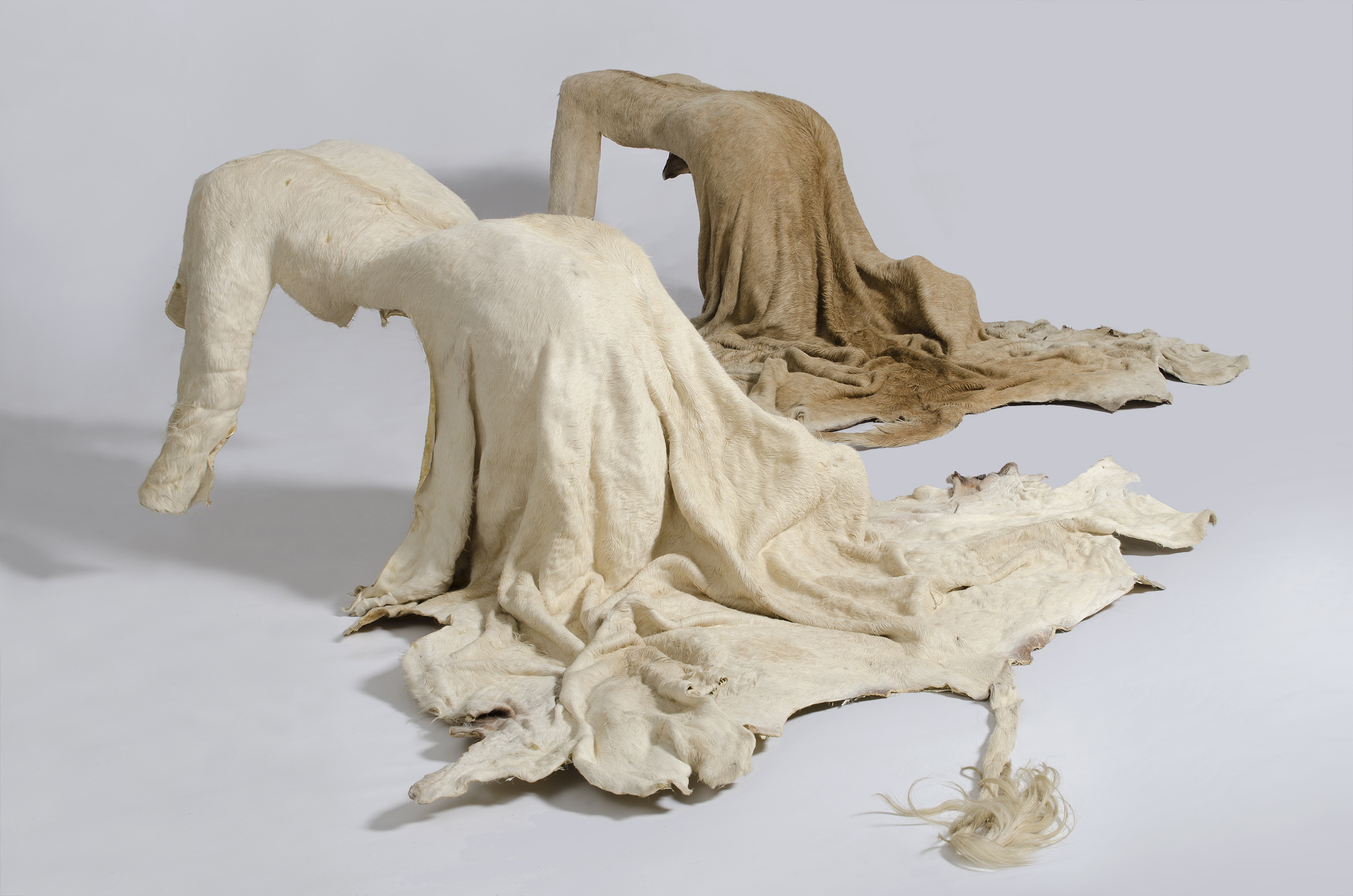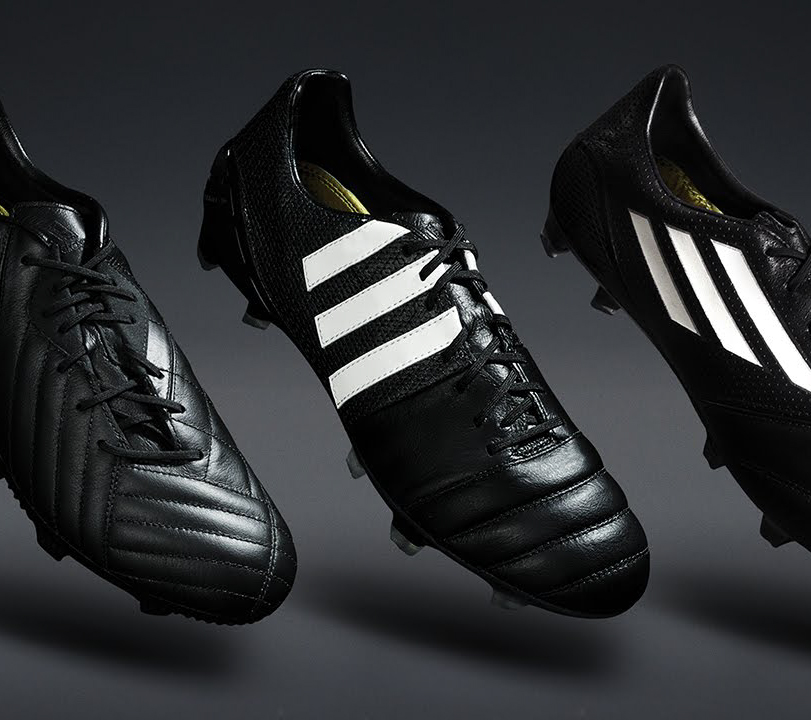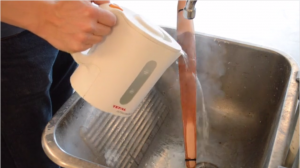Cow chair was made in 1997 as a graduation project by the dutch designer Niels van Eijk. It is made from a single untreated cowhide which is stretched while soaking wet around a pre-consisting chair. It is left on the chair for a week until it has dried into a solid form. The idea was born when the designer looked down at his shoes and noticed how perfectly they were shaped around his feet. If this was possible, cowhide must have the quality to take on other forms, he thought, such as the shape of a chair. Van Eijk claims he is not a man of many words, he focuses on material and methods, which is clear in the case of the Cow chair. Despite that I think this chair is filled with relevant messages and comments on how we make and consume the objects surrounding us. It redefines the conventional use of familiar materials, It has strong relation to the discussion of using local recourses and it puts our attitude towards using animal products in context.
cow chair by Niels van Eijk
The Cow chair does not try to conceal the single material used in its making. It almost looks like a newly skinned hide, having been laid on a chair at the tannery, waiting for further processing. Even the name of it has a very direct purpose, you are supposed to know that this chair was made of cowhide.
Normally, leather products have undergone such an intense working process that they do not remind us of they’re origin as much as the Cow chair does. As people of modern society, specially in the western world, have managed to distance ourselves from the source of the products we use that when we are exposed to the real thing a feeling of surprise or even repulsion arises. Sitting in a Chesterfield eating a fillet somehow feels more comfortable to most people than snacking on pigs ears and feeling the familiar texture of a cow behind your back.
Since 1997 several designers have experimented with the use of untreated leather or familiar animal body parts and taken the familiarity of they’re origin even further than Van Eijk. The artist Nandipha Mntambo uses the same method of stretching leather to form hides around her body as sculpture material. By leaving the hides unshaven she achieves feminine, yet animal like objects. She wants to address the things we demand of the female body, and how we want to change it, shape it, shave it bare.


mirror image by Nandipha Mntambo • precious skin by Viktoria Ledig
Viktoria Ledig, a Swedish designer, used the tail, head and ears among other parts of the cow that otherwise would have been thrown away to make a line of products called precious skin. She tanned the body parts with a method that kept all the characteristics of the skin, so the final products had obvious wrinkles and blemishes along with a pale yellowish colour not so different from a humans skin. When describing the reason behind the project she asserts the following:
“Leather is dead animal skin. This is perhaps the raw reason behind the human fascination with it. It is beautiful, precious and grotesque at the same time. We sometimes forget that touching leather is to handle a former living being’s hide.”
The project and other similar ones for example Rachel Freire´s nipple dresses have caused a strong negative reaction, a louder outrage than is heard every time a designer puts out a more conventional product made from animal products.
When Jan van Eijk later formed a studio with his wife and co-designer Van der Lubbe, they designed a product with a more deliberate intention of discussing use of animal products. They used mole rats that had been killed on golf courses in order to make the experience of golf playing more comfortable. The product was a pair of loafers made from the whole body of the rat, hair, tail, nose and feet still attached. I think this work is a great example of putting our claim on nature into context. Although the making of these loafers used material that otherwise would have gone to waste, wearing them is an uncanny reminder of the animals fate. In the same way removal of an unwelcome animal only for increasing human leisure seems unnecessary or even cruel but it can easily be hushed or forgotten.
leather football shoes by Adias • mole shoes by Van Eijk and van der Lubbe
The method Van Eijk used to mould the leather is very inspiring. The finished object is not soft and smooth but hard solid enough to stand on its own as well as supporting a human being. I think it invites us to discover endless ways of using hide to construct objects. It isn´t too different from the way many nations made their first books, or the way old drums and other instruments are constructed.
By stretching the hide with water there is no need to use toxic chemicals to preserve the material and prevent it from rotting. This is on the other hand unavoidable when tanning leather, even if it is done in the most eco-friendly way. So in fact using the hide as done with the Cow chair and the other things mentioned above makes far much more sense than using it to make soft articles such as shoes and clothing.
Making of prototype 1 by Garðar Eyjólfsson
Garðar Eyjólfsson uses a similar method of shaping leather while making lamps by pouring hot water over it. Instead of selling the lamp around the world he shares the way of shaping the lamp shade with a video. By using such a simple method and sharing it on the web he makes it possible for people everywhere to make use of it. He transports an idea, not a material, and therefor makes it possible to produce the lamp in different places with local materials. I see that same quality in the Cow chair as well.
In the times where our consumption of material is unsustainable and our sources do not renew themselves fast enough it becomes a part of the designers job to go out of his way to source new solutions. Contemporary experiments with bioplastics, biomimicry and new ways of recycling are a important part of this process. But I think it is equally important to reinvestigate our old materials, our old methods, just as Jan van Eijk did while designing the Cow chair. How can we use them or parts of them to create things in a better way than we are doing now?




